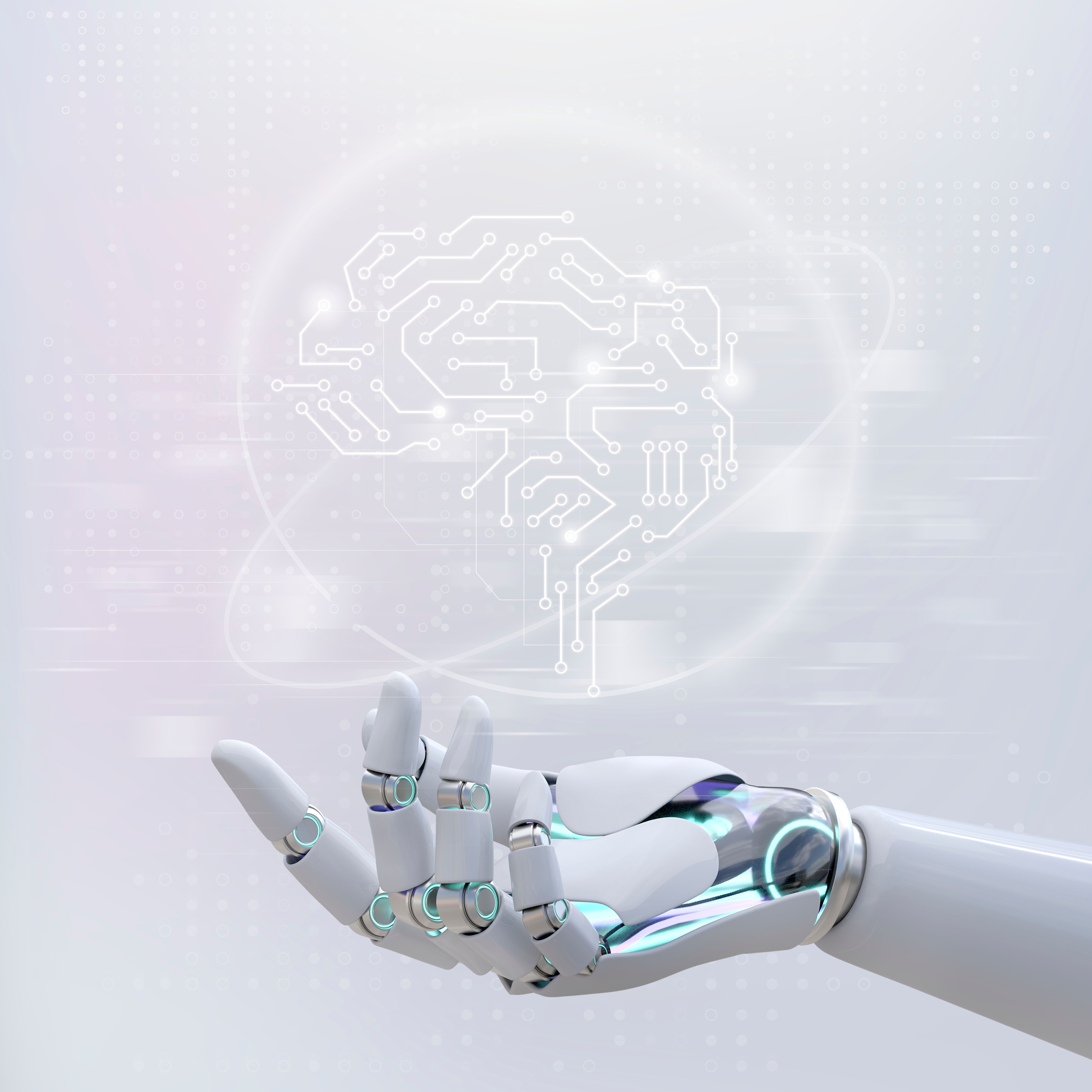Shadow AI and the Illusion of Security: Are Traditional Secure Coding Practices Enough?
Shadurceya Vasanthakumar
22 Apr, 2025

Beginning
As we enter an era heavily influenced by artificial intelligence, the conversation around secure software development must evolve. Traditional practices, built on identifying known vulnerabilities and adhering to established frameworks, have long been the backbone of software development.
However, the emergence of Shadow AI, unauthorised or unmanaged AI tools that often proliferate within organisations, poses a new set of challenges. These hidden systems can bypass security controls, introduce unforeseen vulnerabilities, and ultimately undermine the very foundations of secure coding. Are our current secure coding practices enough to keep up?
The Rise of Shadow AI
The Rise of Shadow AI
Shadow AI refers to the growing use of AI-powered tools and applications by employees without the oversight or approval of IT departments. These unmanaged tools, which operate outside established security protocols, pose significant risks, including data breaches, compliance violations, and unseen security gaps. This can include anything from AI-driven analytics platforms to machine learning models developed on personal devices. While these tools are often adopted with good intentions, to boost innovation and efficiency, they introduce a new breed of vulnerabilities that traditional security frameworks aren’t designed to handle.
Why Shadow AI Is Growing??
Why Shadow AI Is Growing??
The rapid adoption of AI-powered tools isn’t just a coincidence, it’s driven by the need for speed, efficiency, and innovation. Developers, analysts, and professionals across industries leverage AI to automate repetitive tasks, generate insights, and enhance productivity. However, many do so without consulting their Chief Information Security Officer (CISO) or IT teams, mirroring the past rise of shadow IT, where employees adopted unauthorised software to work more efficiently.
While AI offers advantages like faster processing and predictive analytics, using it without oversight can create security risks, including data leaks, compliance issues, and vulnerabilities.
Risks introduced by Shadow AI
Risks Introduced by Shadow AI
Blind Spots in Security Oversight
When employees use AI tools without IT or security team approval, organisations lose visibility of their digital environment. This makes it impossible to assess vulnerabilities, enforce security policies, or respond effectively to threats, creating a breeding ground for cyber risks.
Vulnerable Code and Unreliable Outputs
AI-generated code prioritises speed over security, often lacking proper vetting. This can introduce vulnerabilities, weak encryption, and exploitable loopholes into production systems.
Compliance and Legal Liabilities
Unapproved AI tools may process sensitive data without proper safeguards, leading to violations of GDPR, HIPAA, SOC 2, or other regulatory frameworks. Organisations could face legal penalties, data leaks, and reputational damage - all from AI tools that were never meant to handle compliance-sensitive workloads.
Intellectual Property Risks
Many AI-powered tools rely on external data sources and training models that may introduce licensing conflicts or data ownership issues. If proprietary or confidential information is processed through unauthorised AI systems, it could expose businesses to intellectual property disputes or even accidental data leaks.
The Illusion of Efficiency
While AI can accelerate workflows, its unregulated use may cause more harm than good in the long run. Poorly implemented AI-generated solutions can lead to costly security breaches, misconfigurations, and rework, ultimately slowing down productivity instead of enhancing it.
Why Traditional Secure Coding Falls Short?
Why Traditional Secure Coding Falls Short?
For years, secure coding has focused on known threats and well-documented vulnerabilities. But AI is changing the game. Traditional frameworks aren’t built to address the unique risks posed by AI-generated code, which may be trained on biased, unvetted, or even insecure data, introducing security loopholes that developers may not even recognise.
- Unverified AI Code – AI-generated code can introduce vulnerabilities that slip through standard security reviews.
- Bypassing Review Processes – Developers may trust AI-generated solutions without proper validation, increasing risk exposure.
- Data Leakage – AI models can unintentionally regurgitate sensitive information, leading to compliance and privacy concerns.
The rules of software security are evolving, and organisations must adapt. AI-driven development demands new security frameworks that account for the unpredictable, ever-changing nature of machine-generated code.
Case Study: Samsung’s AI Security Breach
Case Study: Samsung’s AI Security Breach
Samsung banned ChatGPT after an engineer accidentally uploaded confidential source code to the AI platform. This incident underscored the hidden dangers of Shadow AI, which is that employees using unapproved AI tools can unknowingly expose sensitive data, which external models may retain. In response to similar risks, Amazon, JPMorgan, and other major firms have also placed restrictions on AI usage within their organisations.
Bringing AI Out of the Shadows
Bringing AI Out of the Shadows
Banning AI isn't the answer—governance and structured integration are. Organisations must strike a balance between leveraging AI’s power and mitigating its risks by embedding security into every stage of its adoption.
1. Identify and Map AI Implementations
CISOs and security teams must gain visibility into how AI is being used across the Software Development Lifecycle (SDLC):
- Who is introducing AI tools? Understand which teams and individuals are incorporating AI into workflows.
- How well do they understand security risks? Assess whether employees are aware of potential vulnerabilities.
- Which development phases are at risk? Pinpoint where AI is most commonly used, design, testing, deployment, and ensure security oversight.
2. Adopt a Security-First Culture
AI adoption should be transparent and collaborative rather than happen in secrecy. Organisations must:
- Train developers to critically evaluate AI-generated code rather than blindly trust it.
- Encourage open discussions about AI usage, preventing the rise of Shadow AI.
- Establish security checkpoints for AI-generated code, ensuring vulnerabilities are caught early.
3. Implement Governance & Risk Management
To securely integrate AI, companies need clear governance frameworks:
- Regulate AI usage by implementing approval processes for AI tools.
- Enhance security awareness through regular training on AI-related vulnerabilities.
- Adopt real-time monitoring to detect and mitigate security threats from AI usage.
- Enable cross-team collaboration, ensuring security is a shared responsibility between developers, IT, and compliance teams.
- Adapt existing frameworks, like DevSecOps, to include AI-specific risk assessments.
4. Strengthen AI-Generated Code Review Processes
AI may boost productivity, but its outputs must undergo rigorous validation:
- Pair AI-assisted development with human oversight to catch errors AI might introduce.
- Use AI security tools that analyse AI-generated code for vulnerabilities.
- Create a feedback loop, refining security measures as AI continues to evolve.
The Future of Software Security in the AI Era
The Future of Software Security in the AI Era
As AI reshapes software development, the conversation around security must evolve. Organisations must embrace AI responsibly, ensuring innovation and security go hand in hand. This requires adapting secure coding practices to address new risks without compromising trust or data integrity. Traditional secure coding laid the foundation, but the rise of Shadow AI demands a reevaluation. Unauthorised AI tools introduce vulnerabilities that require proactive strategies to mitigate. By understanding these risks and refining our approach, we can build a more secure, resilient future for AI-driven development.
At this critical juncture, the need for discussion has never been greater. How is your organisation adapting to AI-driven security challenges? Let’s rethink our strategies and shape the future of secure software development together.

More about the author:
Shadurceya Vasanthakumar
Shadurceya is a software engineering intern at Insighture.